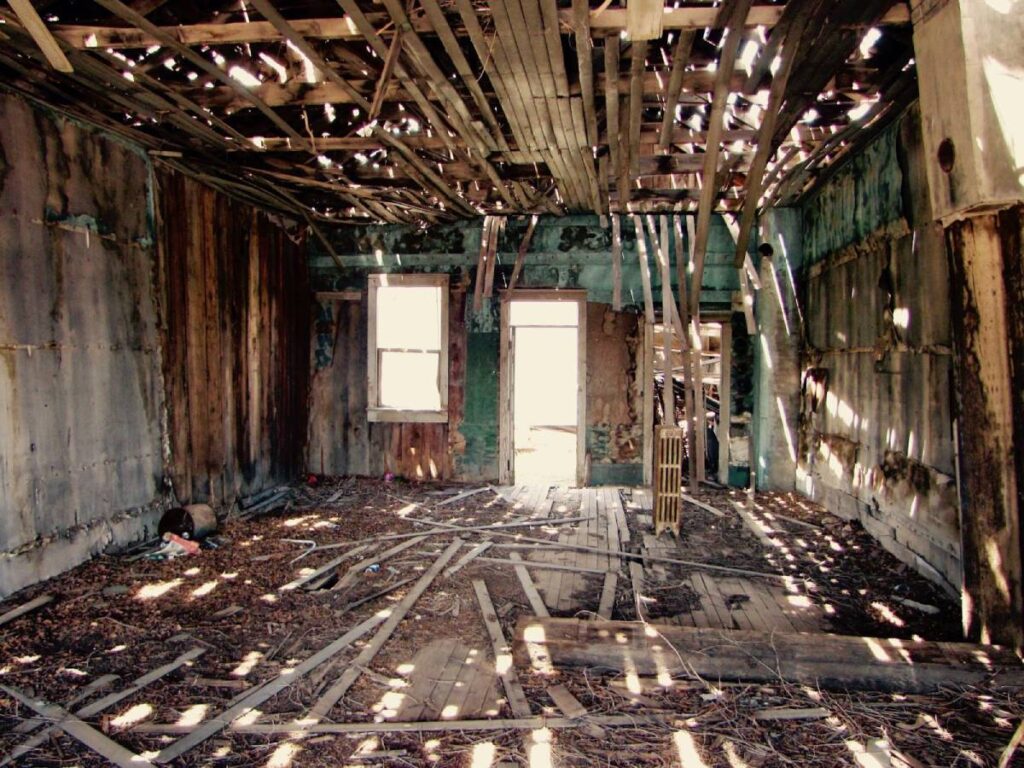- Find the Perfect Neighborhood
- Uncovering the Value of A Home with Market Data
- How To Choose an Area for House-Flipping That Suits Your Needs
1. Find the Perfect Neighborhood
If you are looking to start a house flipping business, you need to find an area with great investment potential. There are many factors to consider when choosing the right neighborhood for your flipping business.

Location, Location, Location
One of the most important things to consider when deciding on a neighborhood for your house flipping business is location. You want to choose an area that has good potential for appreciation so that if you do decide to sell the property after renovations, you can make a healthy profit. Look for areas that have a strong job market, low crime rate, and plenty of amenities like parks and restaurants.
Research Local Market Trends
It’s also important to research local market trends before investing in any area for your house flipping business. Look at recent sales data and talk to local real estate agents about what kind of properties are selling well in the area. You can also research public records online to get an idea of how much similar homes in the same neighborhood have recently sold for. This will give you an indication of how much money you can expect to make once your renovation project is complete.
Evaluate Competition
When evaluating a potential neighborhood for your house flipping business, it’s important to evaluate how much competition there is in the area from other flippers or investors. Check out listings on sites like Zillow or Redfin to see what kind of houses are currently available and how long they’ve been on the market. If there are lots of other flippers competing against each other in the same area, it may be more difficult to make a profit on your flips because there won’t be as many buyers interested in purchasing properties at higher prices..
When choosing a neighborhood for your house flipping business venture, never forget to consider factors discussed above.
With proper research and due diligence, you will be able find the perfect neighborhood for your next flip!
2. Uncovering the Value of a Home with Market Data
If you’re in the market for a new home, you’re likely considering many factors, from location to size to style. One of the most important elements, however, is value. That’s why it’s essential to use available market data to determine an accurate value of a home before making an offer. Here are five tips on how to analyze market data when evaluating the value of a potential property.


Obtain Recent Comparable Sales Data
When analyzing market data to determine the value of a property, start by obtaining recent comparable sales (or “comp”) data for similar homes in the area that have recently sold. It can be helpful to compare properties with similar features such as square footage, bedrooms/bathrooms, and lot size. Many real estate sites make this information available online or you may need to work directly with a realtor or other professional who has access to MLS listings.
Consider Property Taxes and Other Costs
The sale price isn’t always the final cost when purchasing a new home – there are also additional costs associated with owning a property such as taxes and insurance. Additionally, depending on local zoning laws, there may be additional permit requirements for renovations or repairs that could affect your budget down the line. Make sure you research these items carefully and factor them into your analysis before making an offer on a house.
Analyze Economic Trends in The Region
It’s also important to consider economic trends in your region when evaluating the value of a home – if unemployment is high or businesses are closing up shop in your area, it could lead to lower demand for housing and potentially lower prices over time. On the flip side, if there are job opportunities opening up nearby or businesses expanding their operations it could mean higher demand and higher prices down the road which could increase your return on investment over time.
Research Neighborhood Amenities
In addition to economic trends, researching neighborhood amenities such as parks and schools can help inform your decisions about whether or not investing in a particular property is wise from both an emotional and financial perspective – if there are desirable amenities nearby it might be worth spending more money upfront given that those amenities will likely increase demand for housing in that area over time leading to higher potential returns later on down the road.
Look Past List Price
Finally, when looking at market data don’t just look at list price – instead dig deeper into what else is being offered along with that list price such as seller financing options or other incentives like free upgrades or discounted closing costs which can often add up quickly making one option more attractive than another even if they have similar list prices initially. By taking all factors into consideration you’ll be better able to evaluate whether one option is truly better than another based on its total cost rather than just its list price alone which may not tell the whole story!
By following these tips you’ll be better equipped with key information needed for making informed decisions about which properties offer good value for their purchase price so that you can make confident offers knowing that you’ve done your due diligence ahead of time!
3. How To Choose an Area for House-Flipping That Suits Your Needs
Investing in real estate can be a great way to make money. But before you jump into house-flipping, it’s important to take some time to choose the right area that meets your needs. This guide will provide you with the tips and advice you need to make an informed decision when selecting a location for your house-flipping venture.
Understand Your Investment Goals
The first step in choosing a house-flipping area is to understand what kind of investment goals you have. Ask yourself questions like, “Am I looking for short-term flips or long-term investments? Am I looking for quick profits or steady income?” Once you know what your goals are, it will help you narrow down your options and make the best choice for your particular needs.
Do Your Research
Doing research on potential areas is key when it comes to house-flipping investments. Look at crime rates, school district ratings, housing prices, population growth rates and other factors that may affect the market value of homes in a particular area. You also want to pay attention to trends in the local market—what types of properties are selling quickly and which ones aren’t? Knowing this information will help you decide what type of property would be most profitable in the area.
Consider Local Zoning Rules and Regulations
Before investing in any property, it’s important to do your due diligence and make sure that you understand all relevant local zoning rules and regulations that may affect the property. Different areas have different laws regarding development projects, building permits, rental restrictions and more. Make sure that you familiarize yourself with all local laws before making any decisions about investing in an area so that there won’t be any surprises later on down the line.
With this guide as a reference point, real estate investors should feel confident enough to start their search for their perfect house flipping location!
